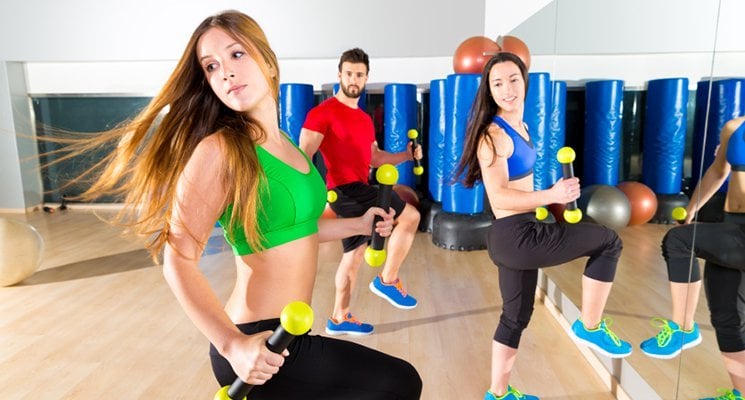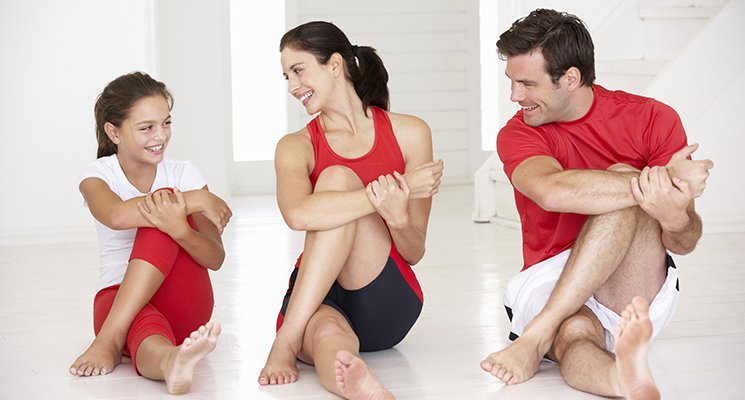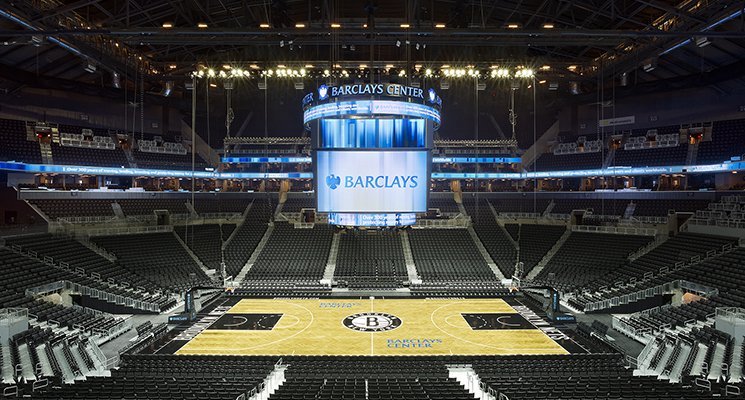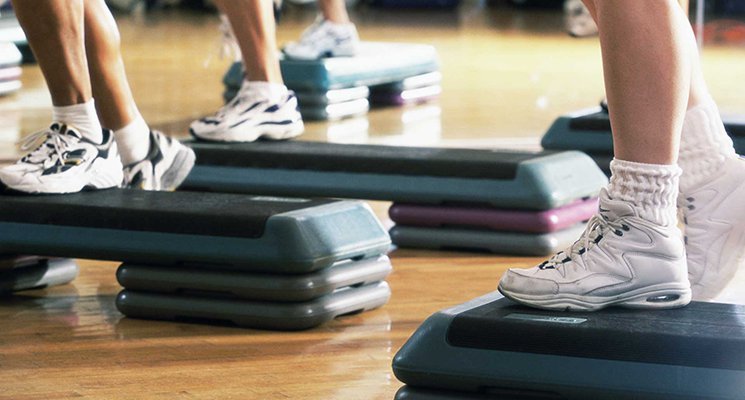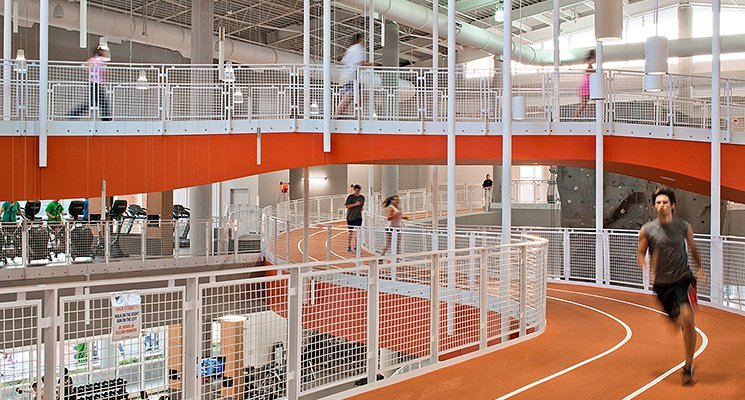There’s a powerful little word in our industry, one we love (when things are looking good) and hate (when things aren’t). I’m talking, of course, about “retention.” The word carries some kind of magical power. If retention is working in our favor, that’s an indication that business is good and we’re making the right decisions. If it’s not, it’s an indication that something is off, but often it’s mysterious what that something is.
The thing that makes great retention an especially slippery goal is that it depends so much on factors in the lives of our individual members; factors that we couldn’t possibly control. Whether each member is happy or depressed, employed or suddenly unemployed, in a good relationship or in a psychologically draining one — each of these factors, and dozens of others contribute to a member’s decision to stay or go.
Fine. Some stuff you have to let go of right? No sense in getting worked up over things you can’t do anything about. But what about the things you can do something about? That’s what you’ve got to focus on, and for gyms, fitness centers, health clubs, and the like, that really means one thing: helping members achieve their individual fitness and weight-loss goals.
The key here is the word “individual,” because the fact is that no two bodies are alike. There’s no one-size-fits-all fitness or weight-loss program. Diet books, workout videos, and advice blogs might want us to believe otherwise, but the fact is that what works beautifully for one health club member might not result in any improvements for another; the HIIT routine that allows one person to become mean and lean in four weeks might not show results for another person until after six or eight weeks. This, incidentally, is the beauty of the gym. The gym is staffed by real, live humans: trainers, concierges, nutritionists, class instructors, and cardio equipment experts who can listen to members express their goals, worries, and limitations, and help them chart out the best possible course for themselves. The best, most successful businesses in our industry do just this: They listen and respond accordingly.
So, back to that magical equation: improving retention by helping members achieve their individual fitness and weight-loss goals. If you want members who keep coming back, you have to offer them human attention. Employ knowledgeable, caring staff who are trained to:
1) Ask your members what their goals are; these can be tiny or huge, about health or about weight, short-term or long-term. The important thing is that they have goals, and that your staff knows how to help them define those goals.
2) Construct a realistic plan of attack to help them meet their goals. This means finding out what they enjoy in a workout and what they can’t bear — if they aren’t enjoying it, they’re not going to do it. It also means determining what kind of commitment is sustainable for each member. If they can’t keep up with the schedule, they’re likely to quit.
(3) Offer them support and guidance throughout. You just can’t do this kind of thing without a community, without someone cheering you on.
(4) Revise the plan if it’s not working. Help your members check their progress and make adjustments as needed. Can they handle more reps? Should they be doing less? Is there any measurable improvement? What are they struggling with?
It is also crucial to have a gym management software that allows you to track this critical data. With an all-in-one software that allows trainers and staff to create client profile pages, scheduling for both trainers and clients, as well as client fitness assessments, you will be making your lives and the client experience so much better!
Again, the purpose of all this — in addition to helping your members — is to keep them coming back. With the kind of attention outlined here, and the kind of help that will lead them to a better understanding of the individual plan that’s best for them, they won’t be able to help themselves.
